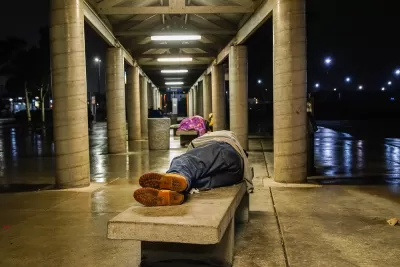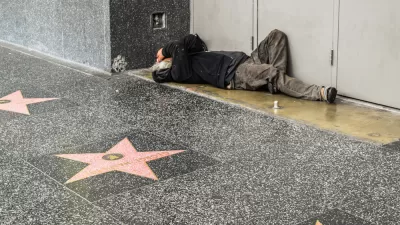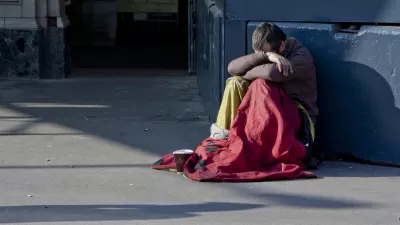Assessing the scale of homelessness in the United States is surprisingly difficult, with statistics failing to capture the diversity of unhoused people and their situations.

An exact figure for how many people are experiencing homelessness in the United States is hard to come by, writes the New York Times editorial board, making it difficult to define the scope of the problem and identify the areas of highest need. "The federal estimate relies on local one-night-only head counts of the homeless population, conducted at the end of January, that seem almost designed to produce an undercount." The current federal system, the authors argue, fails to collect accurate and uniform data. "In 2017, for example, the government put the total homeless population at 550,996. That same year, school districts across the country, using a broader definition, reported 1.35 million homeless students, according to the most recent data from the National Center for Education Statistics. That number, it bears emphasizing, is just a count of homeless students — not their parents or other family members, and not the rest of the homeless population." Such discrepancies point to deeply inaccurate methods and a lack of uniformity in homeless counts across the country.
Some localities, like California's rural Kern County, have adopted "a new, data-driven approach to making homelessness rare, brief and nonrecurring." According to the editorial, "it seems to be working." Earlier this year, Bakersfield announced it had effectively eliminated chronic homelessness in the city. Ending homelessness requires a variety of resources, but accurate information is an important first step, as "better data allows cities to make better use of existing resources."
FULL STORY: How Many Americans Are Homeless? No One Knows

Alabama: Trump Terminates Settlements for Black Communities Harmed By Raw Sewage
Trump deemed the landmark civil rights agreement “illegal DEI and environmental justice policy.”

Study: Maui’s Plan to Convert Vacation Rentals to Long-Term Housing Could Cause Nearly $1 Billion Economic Loss
The plan would reduce visitor accommodation by 25% resulting in 1,900 jobs lost.

Planetizen Federal Action Tracker
A weekly monitor of how Trump’s orders and actions are impacting planners and planning in America.

Waymo Gets Permission to Map SF’s Market Street
If allowed to operate on the traffic-restricted street, Waymo’s autonomous taxis would have a leg up over ride-hailing competitors — and counter the city’s efforts to grow bike and pedestrian on the thoroughfare.

Parklet Symposium Highlights the Success of Shared Spaces
Parklets got a boost during the Covid-19 pandemic, when the concept was translated to outdoor dining programs that offered restaurants a lifeline during the shutdown.

Federal Homelessness Agency Places Entire Staff on Leave
The U.S. Interagency Council on Homelessness is the only federal agency dedicated to preventing and ending homelessness.
Urban Design for Planners 1: Software Tools
This six-course series explores essential urban design concepts using open source software and equips planners with the tools they need to participate fully in the urban design process.
Planning for Universal Design
Learn the tools for implementing Universal Design in planning regulations.
Caltrans
Smith Gee Studio
Institute for Housing and Urban Development Studies (IHS)
City of Grandview
Harvard GSD Executive Education
Toledo-Lucas County Plan Commissions
Salt Lake City
NYU Wagner Graduate School of Public Service





























